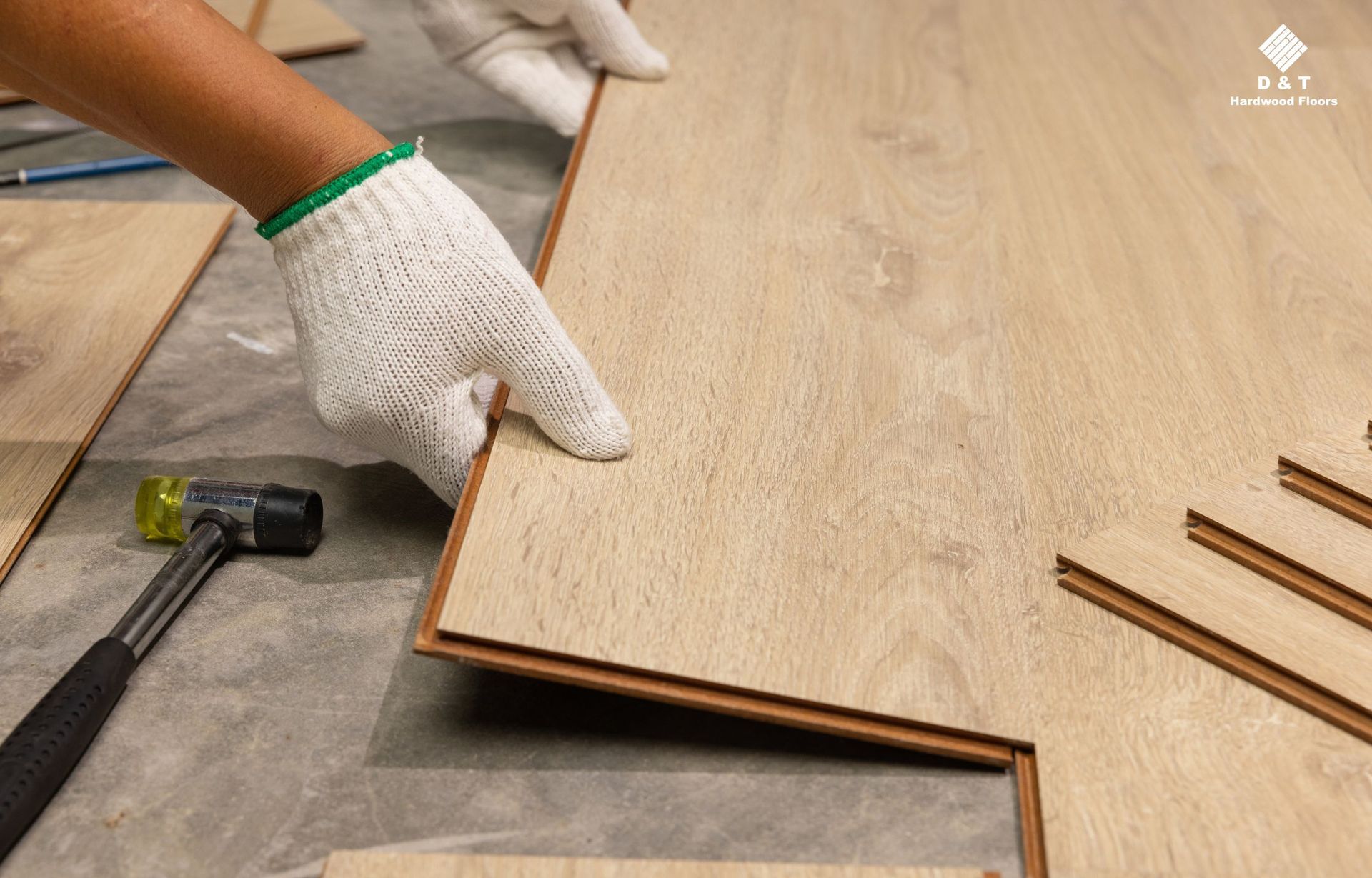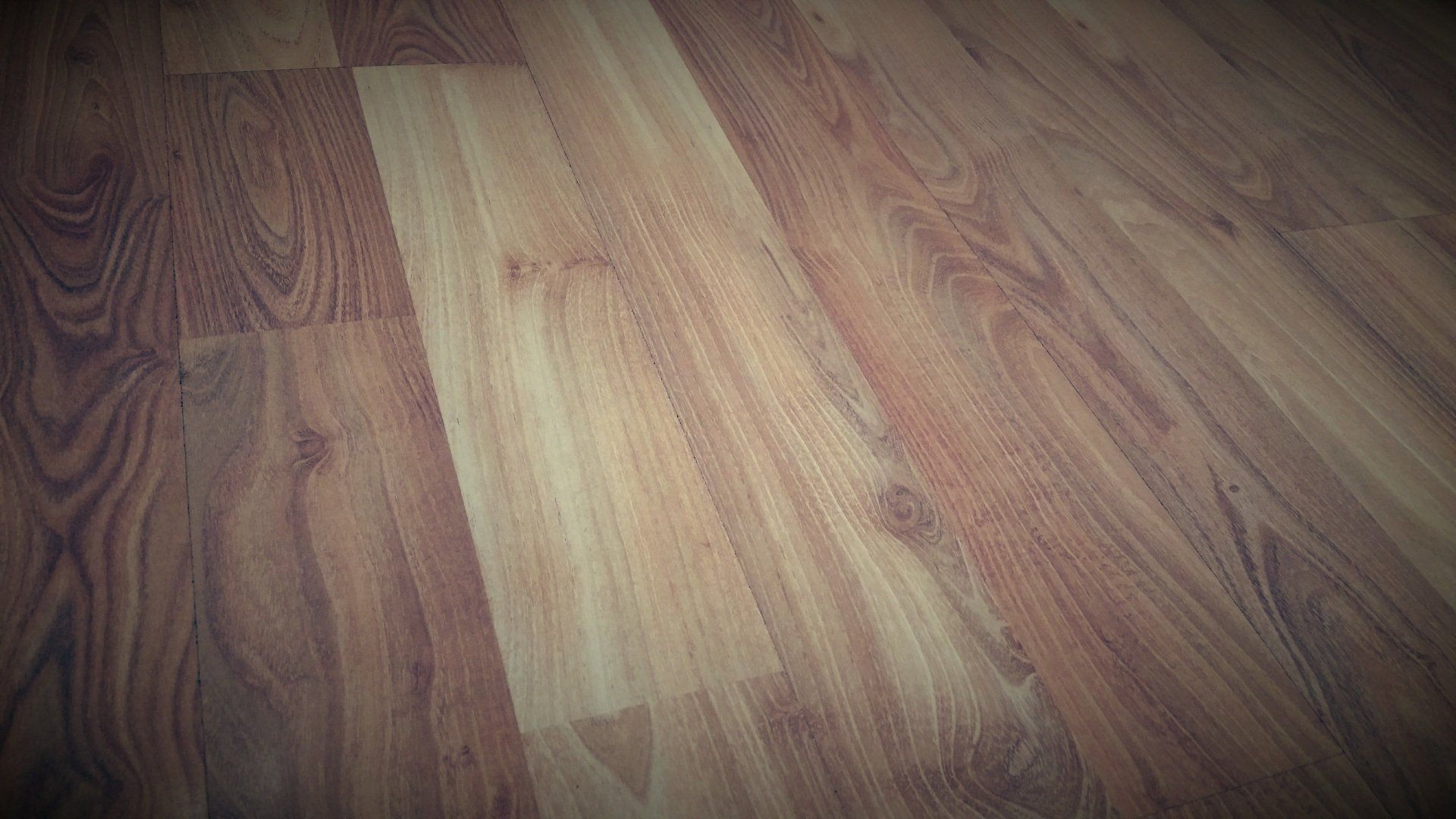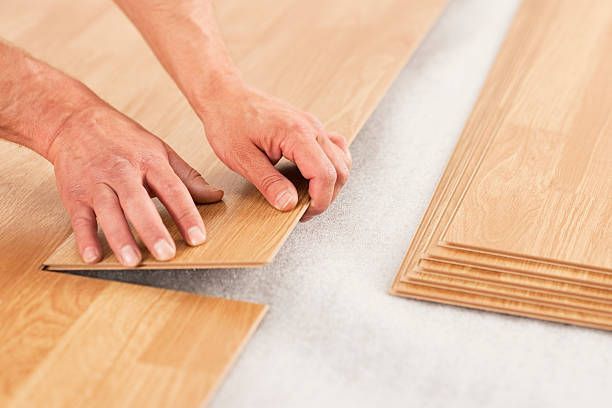Prepping Your Subfloor for a Flawless Hardwood Installation
Sep 11, 2023
The Importance of Subfloor Preparation

When it comes to hardwood flooring, the beauty of the finished product largely depends on what's underneath—the subfloor. Properly prepping your subfloor is a crucial step in ensuring a flawless hardwood installation that not only looks stunning but also stands the test of time. In this comprehensive guide, we will take you through the essential steps and considerations for preparing your subfloor to make your hardwood floor installation a resounding success.
Installing hardwood flooring is a significant investment in your home's aesthetic appeal and value. However, the beauty and longevity of your hardwood floors depend heavily on what lies beneath—the subfloor. Subfloor preparation is not a step to be overlooked or rushed through. It is the foundation upon which your hardwood flooring will rest, and any shortcomings in this stage can lead to issues down the road, such as squeaks, unevenness, or premature wear and tear.
Common Subfloor Materials
Subfloors can be constructed from various materials, including plywood, concrete, or even existing hardwood. Each material requires specific preparation methods to ensure an ideal surface for hardwood installation. Understanding the type of subfloor you have and how to prepare it is essential for a successful hardwood floor project.
Assessing Your Subfloor
Identifying Existing Flooring
Before you start preparing your subfloor, you need to determine what's currently in place. If you're working in an existing home, there may be layers of flooring materials to remove before you can access the subfloor. Common materials that may need removal include carpet, vinyl, laminate, or existing hardwood. Each of these materials requires a different approach for removal.
Subfloor Inspection
Once you've exposed the subfloor, conduct a thorough inspection. Look for any signs of damage, such as water stains, rot, or unevenness. Inspect the subfloor for nails or screws that may be sticking up, as these can cause problems with your hardwood installation. If you find any issues during this inspection, it's essential to address them before proceeding.
Preparing Your Subfloor
Removing Old Flooring
Proper subfloor preparation often begins with the removal of old flooring materials. This process can be labor-intensive, but it's a critical step in ensuring a level and secure foundation for your hardwood. Use the appropriate tools for the material you're removing and take care not to damage the subfloor in the process.
Leveling and Smoothing
A level subfloor is essential for preventing unsightly gaps or irregularities in your hardwood flooring. Use a leveling compound to fill in low spots and sand down high spots, creating a flat and even surface. Properly leveling and smoothing your subfloor will prevent the hardwood planks from shifting or creaking underfoot.
Addressing Moisture Concerns
Moisture can be the enemy of hardwood flooring. Excessive moisture in the subfloor can lead to warping, cupping, or buckling of the hardwood planks. Before proceeding, it's crucial to check the moisture levels of your subfloor. If moisture levels are too high, you may need to install a moisture barrier or take other measures to mitigate the issue.
Types of Subfloor and Their Preparation
Plywood Subfloor
Plywood subfloors are common in many homes and provide a sturdy base for hardwood flooring. To prepare a plywood subfloor, ensure it is clean, dry, and level. Check for any loose or raised nails and secure them. If there are seams in the plywood, they should be sanded down to create a smooth surface. If needed, use a floor filler to address any gaps or imperfections.
Concrete Subfloor
Concrete subfloors are often found in basements or on the ground floor of homes. Proper preparation of a concrete subfloor involves cleaning it thoroughly and ensuring it is dry. Any cracks or imperfections should be patched and smoothed. Additionally, a moisture test should be conducted to determine if a vapor barrier is necessary to prevent moisture from seeping up into the hardwood.
Existing Hardwood Subfloor
In some cases, you may be installing new hardwood over an existing hardwood subfloor. In this scenario, the existing hardwood should be in good condition with no signs of damage or cupping. The existing hardwood should be securely fastened to the subfloor, and any loose boards should be reattached. The surface should be clean, smooth, and level.
Moisture Barrier Installation
Vapor Barriers
Moisture can be a significant concern, especially in areas with high humidity or moisture-prone subfloors. A vapor barrier is a layer of material that helps prevent moisture from infiltrating your hardwood flooring. It is typically installed over the subfloor before laying the hardwood planks. Vapor barriers can be made of various materials, including plastic sheeting or specialized underlayment with moisture-blocking properties.
Moisture-Resistant Sealants
In areas where moisture is a concern, applying moisture-resistant sealants along the edges and seams of the subfloor can provide an extra layer of protection. These sealants help create a tight seal that prevents moisture from penetrating the subfloor and reaching the hardwood.
Acclimating Your Hardwood
Importance of Acclimation
Before installing hardwood flooring, it's crucial to allow the wood planks to acclimate to the environment where they will be installed. Acclimation ensures that the wood adjusts to the temperature and humidity of the space, minimizing the risk of expansion or contraction after installation. This step is vital to prevent issues such as gaps or buckling in the hardwood floor.
How to Acclimate Hardwood
Acclimating hardwood is a straightforward process. Unbox the Hardwood: Remove the hardwood flooring from its packaging and lay the planks flat in the room where they will be installed. Leave them for a minimum of 72 hours.
Maintain Proper Conditions. During acclimation, keep the room's temperature and humidity levels consistent with the expected conditions after installation. This helps the wood adjust gradually.
Check Manufacturer Guidelines. Always refer to the manufacturer's recommendations for acclimation times and conditions, as they may vary depending on the hardwood species and environmental factors. Proper acclimation is a crucial step in ensuring that your hardwood flooring retains its stability and appearance over time.
Subfloor Precautions for Different Hardwood Types
Solid Hardwood. Solid hardwood flooring is particularly sensitive to moisture levels in the subfloor. Ensure that the subfloor is dry and that moisture levels are within the recommended range for your specific hardwood species. Additionally, consider using a vapor barrier or moisture-resistant underlayment to provide extra protection against moisture-related issues.
Engineered Hardwood. Engineered hardwood is more resistant to moisture than solid hardwood, but it still requires a dry and level subfloor. Check the manufacturer's guidelines for moisture tolerance levels, and be sure to follow their recommendations for subfloor preparation. Engineered hardwood can often be installed directly over concrete subfloors, but a vapor barrier may still be necessary in some cases.
You might also like
Maine Hardwood Blog
SPEAK TO A TEAM MEMBER TODAY
© 2024
All Rights Reserved | D & T Hardwood Floors
Website Managed by
Leads By Vinny




